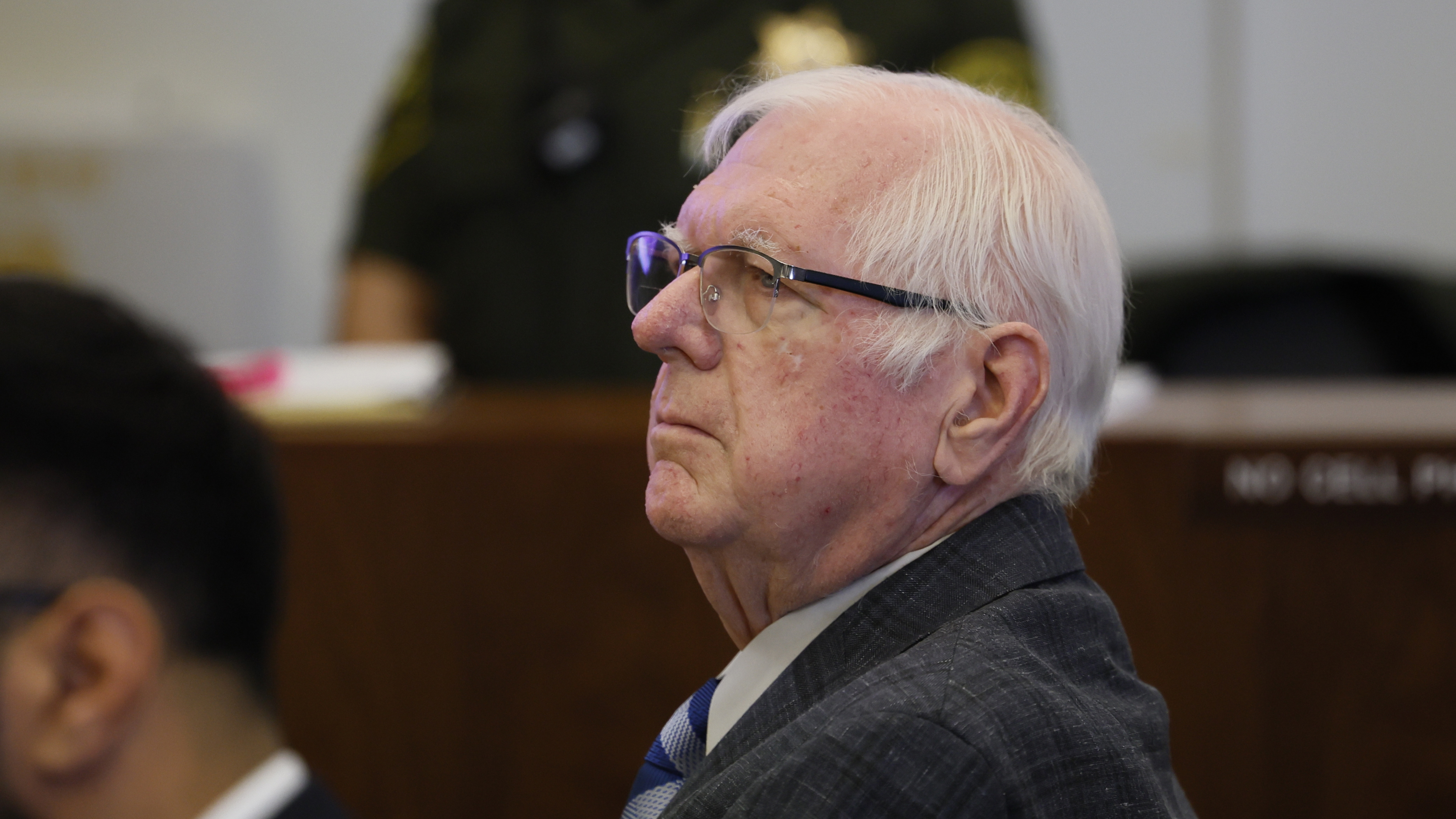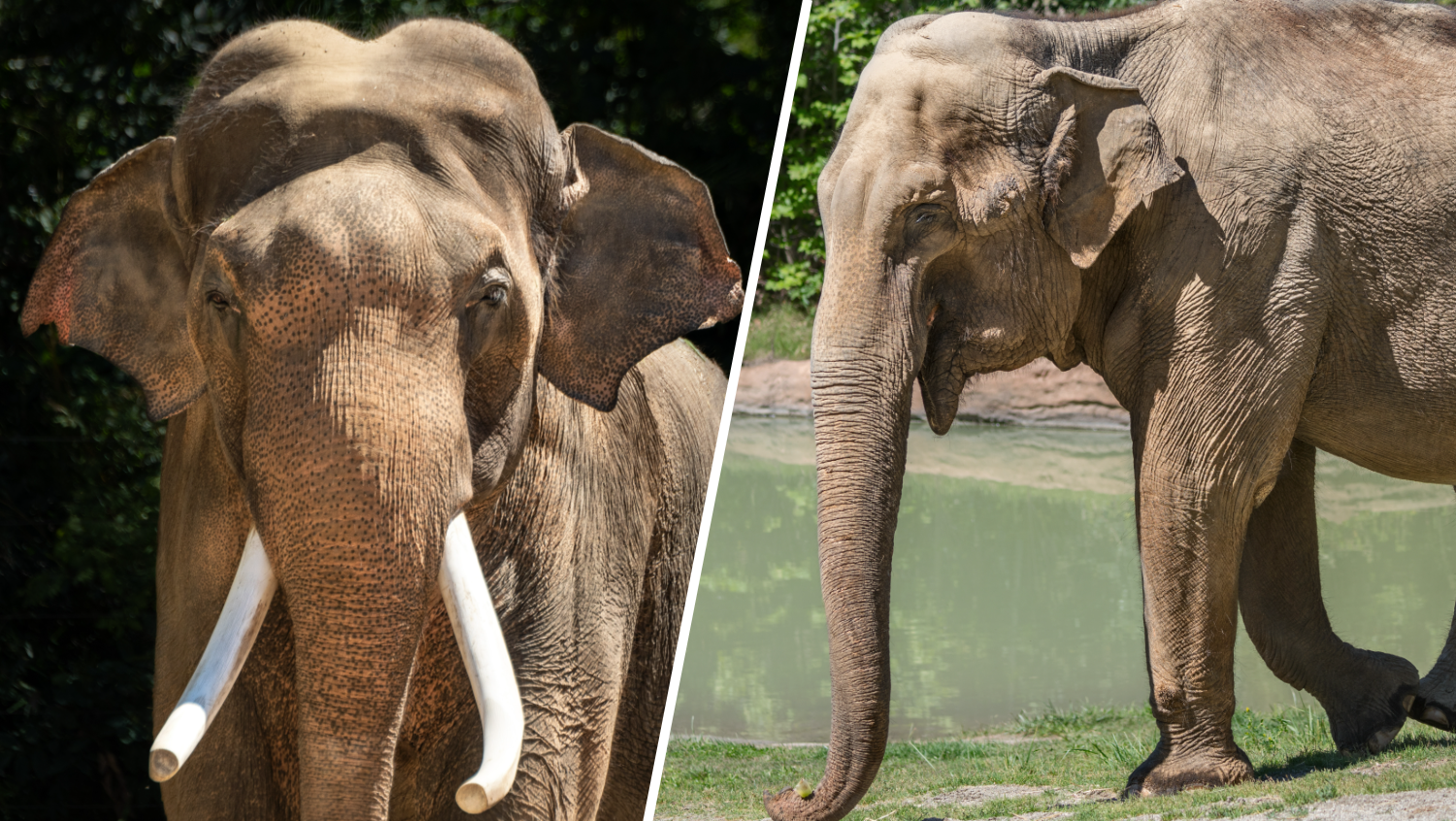Science teacher Kathryn Smith from Hart High School was selected to fly on the seventh cycle of NASA’s Stratospheric Observatory for Infrared Astronomy (SOFIA).
What to Know
- Kathryn Smith is a science teacher at Hart High School in Newhall.
- Smith was one of 28 teachers selected for the 2019 NASA Airborne Astronomy Ambassadors program.
- The real-life rocket woman will be flying high, between 39,000 and 45,000 feet above the atmosphere that blocks infrared light.
A science teacher from Santa Clarita is going above and beyond, and will soon fly on the seventh cycle of NASA's Stratospheric Observatory for Infrared Astronomy, also called SOFIA.
Kathryn Smith from Hart High School in Newhall was one of 28 teachers selected for the 2019 NASA Airborne Astronomy Ambassadors program from eight different states in the country.
The first time Smith got selected she turned turned down the program because of her fear for heights. This year was a different story after she overcame her fear by rock climbing at a gym in Santa Clarita.
Smith will fly on the customized Boeing 747 for nearly 12 hours above all the water in the atmosphere this fall.
The real-life rocket woman will be flying high, between 39,000 and 45,000 feet above the atmosphere that blocks infrared light.
"It’s about 10 percent higher than regular airplanes so they can really get good reading about the heat of the universe," Smith said.
Local
Get Los Angeles's latest local news on crime, entertainment, weather, schools, cost of living and more. Here's your go-to source for today's LA news.
Smith will spend one week at NASA's Armstrong Flight Research Center in Palmdale for trainings up to 25 hours that will prepare her to talk to scientists on the flight.
Smith is scheduled for two flights on SOFIA. The first flight is a learning experience where scientists walk away with several questions and then return for another flight after knowing how all the technology functions.
"It was kind of crazy to see all of my friends and family members reposting the story, and to see how many of my former students hit the like button -- that was kind of cute," Smith said.
Smith is looking forward to the program to inspire her students about the opportunities for research projects in astronomy.
"I want to get to know the scientists and see where they are coming from so I can share these experience with my own students," Smith said.



